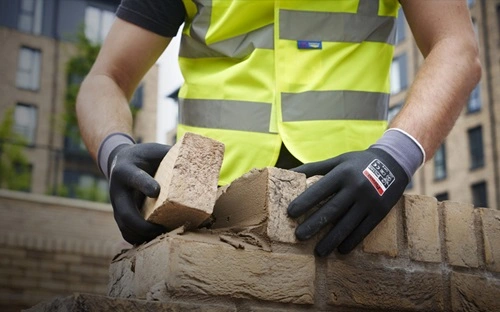Building a structure, whether it’s a home, skyscraper, or bridge, starts as a blueprint—a vision on paper. Construction workers turn these visions into reality through hard work, skill, and dedication. They are often the unsung heroes, transforming abstract plans into structures that define communities and landscapes. Despite their importance, their contributions are often overlooked.
The Foundation of Every Project

Behind every successful construction project lies meticulous planning, coordination, and execution. Architects and engineers may develop the designs, but it’s the construction workers who bring them to life. From laying concrete foundations to installing steel beams, their tasks require precision and expertise. Without their craftsmanship, buildings would lack the stability, safety, and aesthetic required for daily use.
Construction workers are proficient in various trades such as masonry, carpentry, plumbing, and electrical work. Their ability to adapt to different needs and environments makes them indispensable to every project. It’s not just brute strength that defines their job; it’s also years of training, hands-on experience, and a keen eye for detail.
Skills That Shape the Skyline
The role of a construction worker extends beyond manual labor. Every step in the construction process demands technical skills and problem-solving abilities. For instance, they use advanced tools and machinery, read and interpret blueprints, and follow strict safety measures. They must adapt to new technologies, such as 3D printing and building information modeling (BIM), which are changing the way structures are created.
Consider the construction of high-rise buildings. Workers must work at dizzying heights while ensuring each component is assembled flawlessly. Precision is critical, as even the smallest error can lead to structural problems. These activities demonstrate the blend of technical expertise and physical endurance required.
Overcoming Challenges in the Field
The construction industry is not without its challenges. Workers often face demanding schedules, long hours, and physically taxing conditions. Every day, they work in environments that can range from extreme heat to freezing cold, depending on the project’s location. For example, remote job locations in areas like Wyoming might present unique logistical hurdles, such as arranging facilities like a porta potty in Wyoming to ensure workers’ convenience. These issues, though minor to some, significantly affect day-to-day efficiency and morale.
Safety is another significant concern. Construction sites are inherently risky, with heavy machinery and hazardous materials constantly in use. Despite advances in safety equipment and protocols, construction remains one of the industries with the highest injury rates. Workers must remain vigilant and follow safety guidelines to minimize risks.
Contributions to Society and Daily Lives
Construction workers contribute far more than buildings to society—they contribute to progress. Schools, hospitals, roads, and public infrastructure all owe their existence to these individuals. Without them, communities would lack the physical framework needed for daily life and economic growth.
Consider residential construction, for example. Many families look forward to owning their dream home, not realizing the immense team effort behind every wall, roof, and foundation. Similar efforts go into constructing commercial spaces that support businesses and job opportunities for others.
Moreover, special projects like bridges and tunnels connect people and places, fostering innovation and economic growth. The results of their work can span decades, leaving a lasting legacy for future generations.
Looking Ahead to the Future
The field of construction is continuously evolving. Innovations like sustainable building materials, green construction practices, and cutting-edge technology are transforming the industry. Construction workers are at the forefront of these changes, working to make buildings safer, more efficient, and environmentally friendly.
With increasing urbanization and global development projects on the rise, there will be no shortage of work for these dedicated professionals. However, it is crucial to invest in workforce development programs, safety training, and fair compensation to ensure that construction workers continue to thrive.
The Unsung Heroes of Progress
Construction workers are the backbone of the building industry, translating blueprints and ideas into structures that shape our lives. Their blend of skill, adaptability, and resilience enables communities to grow and thrive. While they may not always receive the recognition they deserve, they leave an undeniable mark on the built environment around us.
From the simplest homes to the grandest architectural marvels, these men and women turn dreams into reality. Recognizing their efforts and contributions not only honors their work but also inspires future generations to appreciate and join the field. After all, it’s their hands that hold up the skylines we admire, the roads we drive on, and the buildings we call home.


